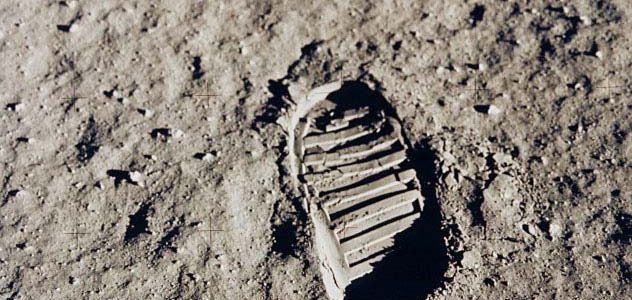It was the middle of February 2020, just before COVID-19 changed everything. My husband, daughter and I were at a luau in Hawaii, celebrating my daughter’s birthday.
Just after the outdoor show began, an hour or so past sunset, somebody at our table pointed to the western horizon. “Look at that!” Flying low in the sky was a series of lights in a straight line. There were maybe 10 or 12 of them. We’d never seen anything like it. Were they birds? Were they shooting stars? Was it the second coming? What the heck??
We asked some of the hotel staff “Have you ever seen this before?” No, they all answered. We watched until the string of lights slowly drifted out of sight.
The next day our astronomer friend, who was also visiting Hawaii at the time, gave us the explanation. Only a few days before, SpaceX had launched 60 Starlink satellites. What we saw were a few of them still following each other in the same orbit. Eventually, they would drift apart and orbit on their own.
When I think of it now, it seemed like a strange omen. We didn’t realize then that this would be our last trip for a very long time.
Just the other day, May 4th, known as “Star Wars Day”, SpaceX launched another 60 Starlink satellites. A string of them were visible in the night sky here on Vancouver Island for a short time.
There are roughly 6000 satellites orbiting around our little blue planet at this time, with more coming. Some of these satellites are not even operational. Space junk.
They float along with lots of other bits and pieces like old bolts, equipment fragments, fuel sludge and paint chips that have been orbiting for years. One of the main concerns is the possibility of collisions with important working satellites.
The International Space Station is constantly adjusting direction in order to avoid this space junk. At a high velocity, even the smallest bit can do great damage.
Environmental issues, it seems, are not just confined within our atmosphere. Believe it or not, there are “space debris experts” out there trying to sound the alarm and to come up with ways to safely remove space junk before something catastrophic happens.
Why, at the very moment of this writing, there is a 10-story, 23-ton piece of rocket about to crash to earth, with no one knowing for sure where it might end up. Alert the “space debris experts.”
It could splash harmlessly into the ocean, but it could also smash into a populated area. Some of it will burn up on re-entry, but not all 23 tons of it.
Back in 1969, I remember watching the blurry image of the first step onto the moon. I was at my best friend Shirley’s house and we watched this incredible event on her black and white TV. “The Eagle has landed.” Looking at the moon that night, I was amazed to think that people were actually up there walking on it.
Now we’ve got NASA’s Mars 2020 Perseverance roaming the red planet, looking for past signs of life. The technological advances in space exploration have been astounding, and we keep learning more and more, not only about our solar system, but also about our home, the earth.
And, as my astronomer friend would point out, a lot of that technology and research has also benefited us as individuals too.
Oh, oh, watch out!
Phew…
Just figure out a way to get rid of all of that space junk, will ya?

